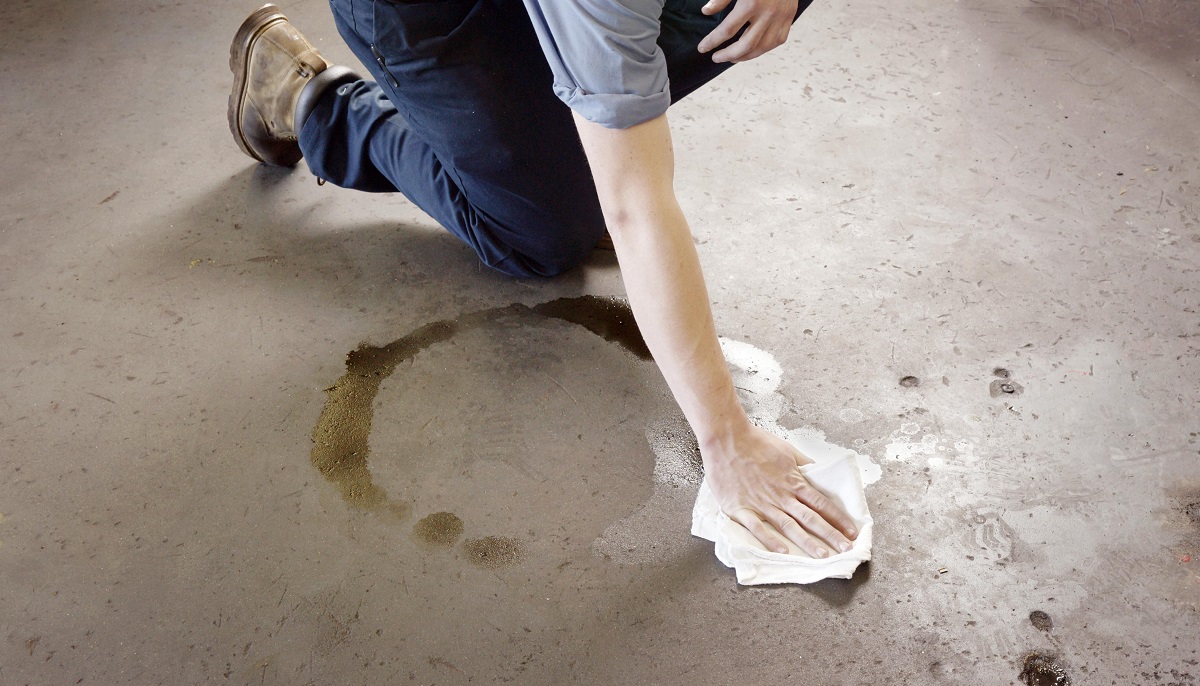

Articles
How To Clean Oil From Garage Floor
Modified: January 6, 2024
Looking for effective ways to clean oil stains from your garage floor? Check out our informative articles on removing oil stains and restoring the pristine condition of your garage.
(Many of the links in this article redirect to a specific reviewed product. Your purchase of these products through affiliate links helps to generate commission for Storables.com, at no extra cost. Learn more)
Introduction
Having oil stains on your garage floor can be unsightly and frustrating. Whether it’s from an accidental spill or a leaky vehicle, cleaning oil stains can seem like a daunting task. However, with the right knowledge and tools, you can easily remove oil stains from your garage floor and restore its cleanliness and aesthetic appeal.
In this article, we will discuss various methods and techniques for cleaning oil stains from garage floors. We will also provide useful tips for preventing future oil stains, ensuring that your garage remains clean and well-maintained.
Before we delve into the cleaning process, it’s essential to understand the different types of oil stains that can occur on a garage floor. By identifying the type of stain, you can choose the most effective cleaning methods.
Key Takeaways:
- Say goodbye to unsightly oil stains on your garage floor with the right knowledge and tools. Absorb, apply, and scrub your way to a clean and welcoming space for all your automotive needs.
- Understanding the different types of oil stains, preparing the area properly, and using homemade or commercial stain removers are essential for effectively removing oil stains from your garage floor. Prevent future stains with regular maintenance and preventive measures.
Read more: How To Clean Oil Off The Floor
Types of Oil Stains on Garage Floor
Oil stains on garage floors can come in various forms, depending on the source and duration of the spill. Understanding the different types of oil stains can help you determine the best approach to their removal:
- Fresh Spills: These stains occur when oil is accidentally spilled onto the garage floor. They are typically more responsive to cleaning methods as the oil hasn’t had time to penetrate the surface.
- Set-in Stains: Set-in stains refer to oil spills that have been left unattended for an extended period. Over time, the oil seeps into the porous surface of the garage floor, making them more challenging to remove.
- Motor Oil Stains: Motor oil is a common culprit for garage floor stains. It can leak from vehicles and leave dark, sticky marks on the floor. Motor oil stains are typically more stubborn and may require additional effort to remove.
- Grease Stains: Grease stains commonly occur in garages where mechanical work is done. They are often associated with cooking oil or lubricating grease used for machinery. Grease stains can be particularly stubborn, requiring specialized cleaning methods.
- Hydraulic Fluid Stains: Hydraulic fluid, commonly found in hydraulic systems and machinery, can leave behind distinct stains on the garage floor. These stains tend to be reddish or brownish in color and may require specific cleaning techniques.
Identifying the type of oil stain on your garage floor is crucial, as it will help you determine the most effective cleaning approach. In the following sections, we will guide you through the necessary preparations and steps to efficiently clean each type of oil stain.
Preparing for Cleaning
Before you begin cleaning the oil stains on your garage floor, it’s essential to prepare the area properly. Taking the time to prepare will help ensure a more efficient and effective cleaning process. Here are some steps to follow:
- Clear the Area: Start by removing any objects or debris from the area you plan to clean. This includes tools, storage items, and vehicles if possible. Clearing the space will give you more room to work and prevent any obstacles during the cleaning process.
- Ventilate the Area: Cleaning oil stains can release strong odors and fumes, especially when using solvent-based cleaners. Open windows and doors, and use fans to improve ventilation in the garage. You may also consider wearing a mask or respirator to protect yourself from inhaling any harmful vapors.
- Gather Necessary Supplies: Collect all the supplies and tools you’ll need for the cleaning process. This may include absorbent materials, such as kitty litter or sawdust, cleaning solutions or solvents, scrub brushes or brooms, and safety gear like gloves and goggles.
- Read Instructions: If you’re using a specific oil stain remover or cleaning product, carefully read the instructions and follow them accordingly. Different products may have specific application methods or safety precautions, so it’s important to familiarize yourself with the guidelines.
- Wear Protective Gear: When working with cleaning solutions or solvents, it’s crucial to prioritize your safety. Wear rubber gloves, eye protection, and appropriate clothing to protect your skin and avoid any potential injuries.
By thoroughly preparing for the cleaning process, you’ll ensure a smoother experience and improve your chances of successfully removing oil stains from your garage floor. Now that you’re ready, let’s move on to the next step: absorbing excess oil.
Absorbing Excess Oil
Before diving into the actual cleaning process, it’s important to absorb as much excess oil from the garage floor as possible. This initial step will help prevent further spreading of the stain and make it easier to clean. Here’s how you can effectively absorb excess oil:
- Cover the Stain: Begin by sprinkling a generous amount of an absorbent material, such as kitty litter, sawdust, or baking soda, directly over the oil stain. Make sure to cover the entire affected area with a thick layer; this will help in soaking up the excess oil.
- Press Down: Using a broom or a clean cloth, press down firmly on the absorbent material to ensure it makes contact with the oil stain. Apply enough pressure to allow the material to soak up the oil effectively.
- Let it Sit: Leave the absorbent material on the stain for a minimum of 30 minutes or up to several hours, depending on the severity of the oil spill. During this time, the absorbent material will work to draw out as much oil as possible from the garage floor.
- Sweep and Dispose: Once the designated time has passed, use a broom or a clean bristle brush to sweep up the used absorbent material. Collect it in a dustpan or scoop it into a trash bag for proper disposal. Be careful not to spread the absorbed oil to other areas of the garage.
- Assess the Stain: After removing the absorbent material, assess the condition of the oil stain on the garage floor. In some cases, the excess oil absorption process may have significantly lightened the stain. However, if the stain is still visible, you’ll need to move on to the next step of applying a stain remover.
By taking the time to absorb excess oil before proceeding with the cleaning process, you minimize the amount of oil you need to remove. This makes the subsequent steps more effective and increases your chances of successfully removing the oil stain from your garage floor. Now that you’ve absorbed the excess oil, let’s explore some homemade and commercial stain removers that you can use.
Homemade Oil Stain Removers
If you prefer using natural and readily available ingredients, you can make homemade oil stain removers that are effective and eco-friendly. These DIY solutions can work wonders in breaking down and lifting oil stains from your garage floor. Here are a few methods to consider:
- Dish Soap and Hot Water: Mix a generous amount of dish soap with hot water in a bucket or container. Apply the soapy solution directly to the oil stain and let it sit for 15-20 minutes. Then, scrub the stained area vigorously with a stiff brush or broom. Rinse with clean water and repeat if necessary.
- Baking Soda Paste: Make a paste by combining baking soda with water until you achieve a thick consistency. Apply the paste directly to the oil stain, ensuring that it covers the entire affected area. Let it sit for an hour or two, allowing the paste to absorb the oil. Scrub the stain with a brush or broom, and rinse with water.
- Vinegar Solution: Mix equal parts white vinegar and water in a spray bottle. Spray the solution generously onto the oil stain and let it sit for 10-15 minutes. Scrub the stain with a brush or broom, and rinse thoroughly with water. Vinegar can effectively break down grease and oil stains.
- Coca-Cola: Pour some Coca-Cola directly onto the oil stain and let it sit for an hour or two. The acids in Coca-Cola can help break down the oil. Scrub the stain with a brush or broom, and rinse the area with water.
- Kitty Litter Poultice: Create a poultice by mixing kitty litter with water until it forms a paste. Apply the poultice to the oil stain, making sure to cover it completely. Let it dry for several hours or overnight. Once dry, scrape off the poultice and dispose of it. Scrub the stain with a brush or broom, and rinse the area with water.
These homemade oil stain removers can be quite effective, but the results may vary depending on the type and severity of the oil stain. It’s always a good idea to test any homemade solution on a small, inconspicuous area of your garage floor before applying it to the entire stain. If the homemade methods don’t yield satisfactory results, you may need to try commercial oil stain removers, which we will discuss in the following section.
Read more: How To Clean Cooking Oil Off Floor
Commercial Oil Stain Removers
If the homemade oil stain removers didn’t completely remove the oil stain from your garage floor, or if you prefer using specialized products, there are a variety of commercial oil stain removers available on the market. These products are specifically formulated to break down and remove stubborn oil stains. Here are some popular commercial options to consider:
- Degreasers: Degreasers are powerful cleaning solutions designed to dissolve grease and oil stains. They come in various forms, such as sprays, concentrates, or ready-to-use formulas. Apply the degreaser directly to the stain, following the manufacturer’s instructions. Allow it to sit for the recommended time, then scrub the stain with a brush or broom. Rinse the area thoroughly with water.
- Oil Stain Remover Sprays: Oil stain remover sprays are convenient and easy to use. These sprays are specifically formulated to penetrate deep into the pores of the concrete and break down oil stains. Simply spray the product onto the stain, ensuring full coverage, and let it sit for the recommended time. Scrub the stain with a brush or broom, and rinse with water.
- Concrete Cleaners: Concrete cleaners are designed to remove a variety of stains, including oil stains. They typically come in concentrated form and need to be diluted with water. Follow the instructions on the product for the correct dilution ratio. Apply the diluted solution to the oil stain, let it sit for a few minutes, and then scrub the stain with a brush or broom. Rinse thoroughly with water.
- Oil Absorbents: Oil absorbents are granular materials designed to absorb and lift oil stains from the surface. These products work by sprinkling them directly on the stain, allowing them to absorb the oil. After a designated period, sweep up the absorbent material and dispose of it properly. This method can be effective for smaller, fresh oil stains.
- Enzyme Cleaners: Enzyme cleaners use natural enzymes to break down and digest organic stains, including oil. These products are typically safe for both concrete and the environment. Apply the enzyme cleaner directly to the oil stain, following the manufacturer’s instructions. Allow it to sit for the recommended time, then scrub the stain with a brush or broom, and rinse thoroughly with water.
When using commercial oil stain removers, always follow the instructions provided by the manufacturer. Be sure to wear protective gloves and goggles, and ensure adequate ventilation in the area. Additionally, it’s a good practice to test the product on a small, inconspicuous area before applying it to the entire stain. If the commercial oil stain removers don’t completely remove the stain, don’t worry. You can proceed to the next steps to further enhance the cleaning process.
Use a commercial degreaser or a mixture of hot water and dish soap to scrub the oil stain. Let it sit for 10-15 minutes, then rinse with a hose. Repeat if necessary.
Applying the Stain Remover
Once you have selected your preferred oil stain remover, whether it’s a homemade solution or a commercial product, it’s time to apply it to the stain on your garage floor. Applying the stain remover correctly can enhance its effectiveness in breaking down and lifting the oil stain. Here are the general steps to follow when applying the stain remover:
- Read the Instructions: Before applying the stain remover, carefully read the instructions provided by the manufacturer. Each product may have specific application methods and recommended dwell times, so it’s essential to follow these guidelines for optimal results.
- Prep the Area: Clear any loose debris or dirt from the stain by sweeping or vacuuming the area. This ensures that the stain remover can make direct contact with the oil stain.
- Apply the Stain Remover: Depending on the product type, apply the stain remover directly to the oil stain using a spray bottle, brush, or sponge. Ensure that the entire stained area is evenly coated with the stain remover. Use caution not to spread the product to unaffected areas of the garage floor.
- Allow Dwell Time: The stain remover may require some dwell time to penetrate the oil stain. Follow the manufacturer’s instructions to determine how long the product needs to sit on the stain before proceeding to the next step. This dwell time allows the stain remover to effectively break down the oil and loosen its grip on the concrete surface.
- Scrub the Stain: After the dwell time has passed, grab a stiff brush or broom and vigorously scrub the oil stain in a circular motion. Apply some pressure while scrubbing to help loosen the stain and facilitate the removal process. Continue scrubbing until the stain starts to fade or disappear.
- Rinse the Area: Once you have thoroughly scrubbed the stain, rinse the area with clean water. Use a hose or a bucket of water to wash away any remaining stain remover residue and loosened oil particles. Make sure to rinse the entire affected area and inspect for any remaining stains. Repeat the process if necessary.
Remember to follow any additional instructions provided by the stain remover product and adhere to safety precautions, such as wearing gloves and goggles. Once you have applied the stain remover and scrubbed the stain, you can move on to the next step: removing stubborn stains if any persist.
Scrubbing the Stain
After applying the stain remover and allowing it to soak into the oil stain, it’s time to scrub the stain. Scrubbing helps to break up the remaining oil particles and lift them from the surface of the garage floor. Here are the steps to effectively scrub the stain:
- Select the Right Tool: Choose a stiff brush or broom that is suitable for scrubbing concrete surfaces. The bristles should be firm enough to effectively agitate the stain but not too hard that they can damage the floor. A nylon-bristle brush or a wire brush with soft bristles can work well.
- Start Scrubbing: Dip the brush into a bucket of clean water or use a hose to wet the bristles. Then, scrub the oil stain vigorously in a circular or back-and-forth motion. Apply some pressure while scrubbing to help dislodge the remaining oil particles. Focus on the stained area but also work on the surrounding area to ensure a more even appearance.
- Monitor Progress: As you scrub, keep an eye on the stain to assess how it’s responding. Depending on the severity of the stain and the effectiveness of the stain remover used, you may start to see the stain lightening or even disappearing. Be patient and continue scrubbing until you are satisfied with the results.
- Rinse Frequently: Periodically rinse the brush in clean water or use a hose to wash away the loosened oil and debris from the bristles. This prevents the brush from spreading the oil around and allows you to continue scrubbing with a clean tool. It also helps to rinse the area being scrubbed to remove any residue.
- Repeat if Necessary: For stubborn stains that don’t come off with the initial scrubbing, don’t get discouraged. Apply more stain remover to the area and let it dwell for a bit longer. Then, repeat the scrubbing process until the stain is effectively removed. Some stains may require multiple rounds of scrubbing to achieve the desired results.
Remember to take breaks if needed, especially if you’re exerting a significant amount of effort while scrubbing. Hydrate yourself and pace yourself to avoid fatigue. As you scrub, periodically evaluate the progress to ensure that the stain is gradually disappearing. Once the stain is no longer visible or is significantly lightened, move on to the next step: removing any remaining stubborn stains, if necessary.
Removing Stubborn Stains
Sometimes, despite your best efforts, certain oil stains may prove to be stubborn and challenging to remove. In such cases, you may need to take additional steps to tackle these stubborn stains effectively. Here are a few methods you can try to remove stubborn oil stains from your garage floor:
- Hot Water and Pressure Washer: Fill a bucket with hot water and pour it directly onto the stubborn stain. Let the hot water soak on the stain for a few minutes to loosen the oil. Then, use a pressure washer to spray hot water onto the stain with high pressure. The combination of hot water and forceful water flow can help to dislodge and remove stubborn oil stains.
- Concrete Degreaser: For stains that are particularly resistant, consider using a concrete degreaser. Apply the degreaser directly to the stubborn stain and let it sit for the recommended time. Then, scrub the stain with a brush or broom, focusing on the affected area. Rinse thoroughly with water.
- Chemical Solvents: In more extreme cases, you may need to resort to the use of chemical solvents. Certain solvents, such as acetone or mineral spirits, can be effective in breaking down stubborn oil stains. Use caution when working with solvents and always follow the manufacturer’s instructions. Apply the solvent to the stain, let it dwell for the recommended time, and then scrub the stain with a brush or broom. Rinse thoroughly with water and ventilate the area well afterward.
- Mechanical Methods: If all else fails, you can consider using mechanical methods to remove stubborn stains. For example, a floor grinder or a wire brush attachment on a power tool can be used to physically remove the surface layer of the concrete where the stubborn stain resides. This method should be used with caution and may require professional assistance to ensure the safety of the floor and achieve the desired results.
Remember to always take safety precautions when using chemicals or power tools. Wear protective gloves, goggles, and appropriate clothing to protect yourself from any potential hazards. If you’re unsure about which method to use or if the stain is particularly stubborn, it’s advisable to consult with a professional concrete cleaning service for guidance and assistance.
Once you have successfully removed the stubborn stains, you can move on to the final step: preventing future oil stains from occurring.
Read more: How To Clean Vomit From Floor
Preventing Future Oil Stains
Preventing oil stains on your garage floor is the best way to maintain its cleanliness and appearance. By implementing a few preventive measures, you can minimize the chances of oil spills and stains in the future. Here are some tips to help you prevent future oil stains:
- Regular Maintenance: Stay proactive by regularly inspecting your vehicles and equipment for any signs of oil leaks. Fix any leaks promptly and address maintenance issues to prevent oil from reaching the garage floor.
- Use Drip Pans or Mats: Place drip pans or absorbent mats underneath vehicles or machinery that are prone to leaks. These pans or mats can capture any oil drips, preventing them from reaching the garage floor.
- Clean Spills Immediately: If you do have an oil spill or leak, clean it up immediately. Use absorbent materials, such as kitty litter or sawdust, to soak up the oil before it can spread and stain the floor.
- Install an Oil Drainage System: Consider installing an oil drainage system in your garage, especially if you frequently work with vehicles or machinery. A proper oil drainage system can collect and redirect oil away from the garage floor, preventing stains and making cleanup easier.
- Use Protective Floor Coatings: Apply a protective floor coating or sealant to your garage floor. These coatings can create a barrier that makes it easier to clean up spills and prevent them from seeping into the concrete surface.
- Contain Hazardous Materials: Store hazardous materials, such as oil or chemicals, in designated and secure containers. Ensure that these containers are tightly sealed to prevent leaks and spills.
- Provide Adequate Lighting: Proper lighting in your garage can help you spot oil or fluid leaks more easily. This allows you to address the issue promptly and prevent oil stains from occurring.
- Practice Safe Handling: When working with oils or fluids, always follow proper handling and pouring procedures. Use funnels or spill-proof containers to minimize the risk of spills and splashes.
By following these preventive measures, you can significantly reduce the likelihood of future oil stains on your garage floor. Alongside these preventive steps, regular cleaning and maintenance of the floor can also help maintain its appearance and longevity.
With these tips and techniques in mind, you are now equipped with the knowledge to effectively clean oil stains from your garage floor and prevent future stains. Remember to tailor the cleaning methods to the specific type of oil stain and adjust them accordingly. By taking care of your garage floor, you can ensure a clean and welcoming space for all your automotive and household needs.
Conclusion
Cleaning oil stains from your garage floor may seem like a daunting task, but with the right approach and tools, you can restore its cleanliness and appearance. By understanding the different types of oil stains, preparing the area properly, and using appropriate cleaning methods, you can effectively remove oil stains and prevent future ones.
Whether you choose to use homemade oil stain removers or opt for commercial products, the key is to follow the instructions provided and take necessary safety precautions. Absorbing excess oil, applying the stain remover, and scrubbing the stain are essential steps in the cleaning process.
In cases where the stains prove to be stubborn, additional methods such as using hot water and pressure washers, concrete degreasers, or chemical solvents can be applied. For the most resistant stains, mechanical methods may be required, though caution should be exercised to avoid damaging the floor.
Preventing future oil stains is equally important. Regular maintenance, using drip pans or mats, cleaning spills immediately, and implementing an oil drainage system are effective preventive measures. Utilizing protective floor coatings, practicing safe handling, and providing adequate lighting can also contribute to maintaining a clean garage floor.
By following these guidelines and incorporating preventive measures, you can enjoy a clean and oil stain-free garage floor. Remember, regular cleaning and maintenance will not only enhance the appearance of your garage but also prolong the life of its concrete surface.
So, let’s take the first step towards a cleaner garage floor by implementing the methods and techniques discussed in this article. Restore the pristine condition of your garage floor and ensure a welcoming space for all your automotive projects and activities.
Frequently Asked Questions about How To Clean Oil From Garage Floor
Was this page helpful?
At Storables.com, we guarantee accurate and reliable information. Our content, validated by Expert Board Contributors, is crafted following stringent Editorial Policies. We're committed to providing you with well-researched, expert-backed insights for all your informational needs.

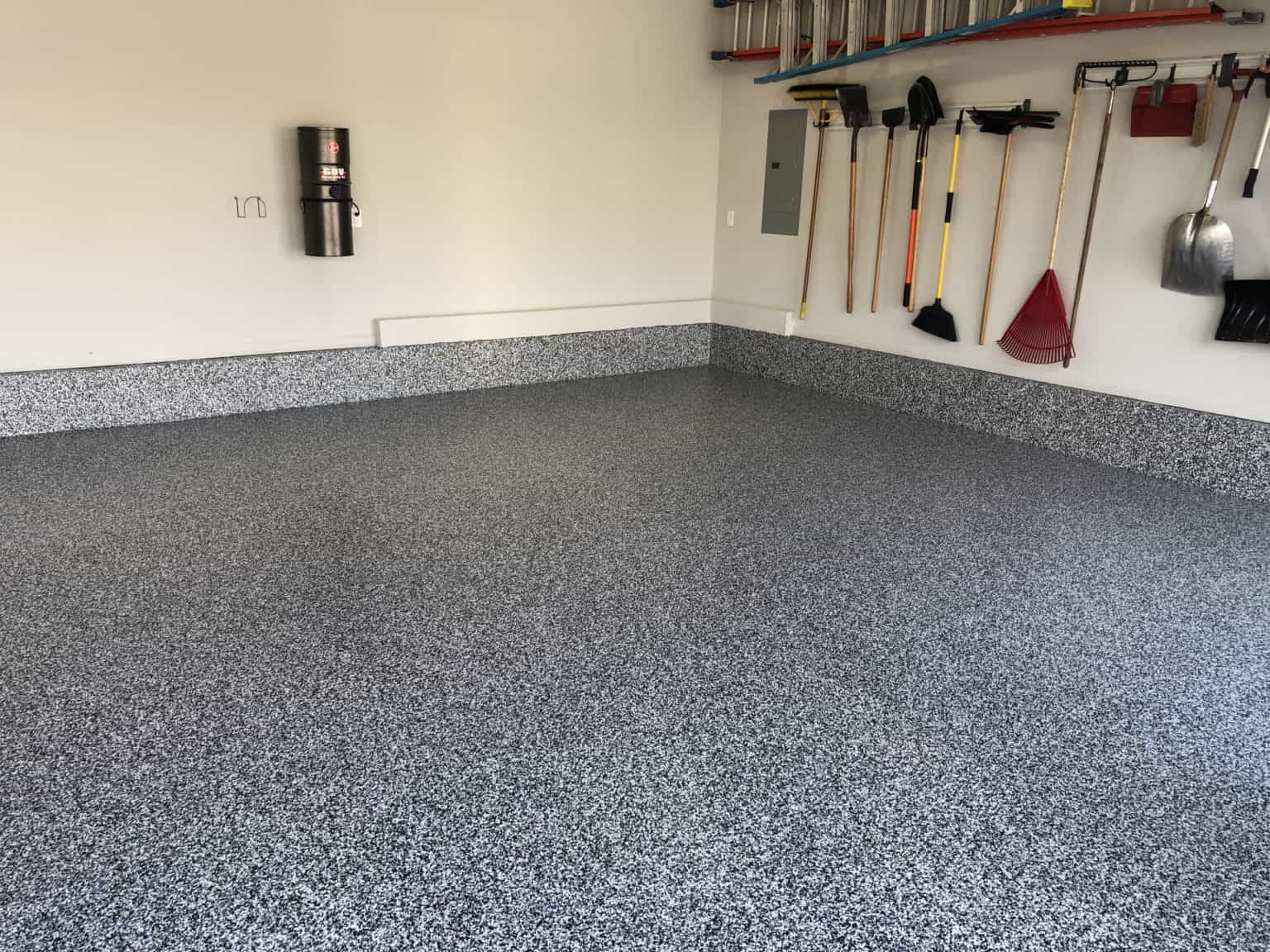
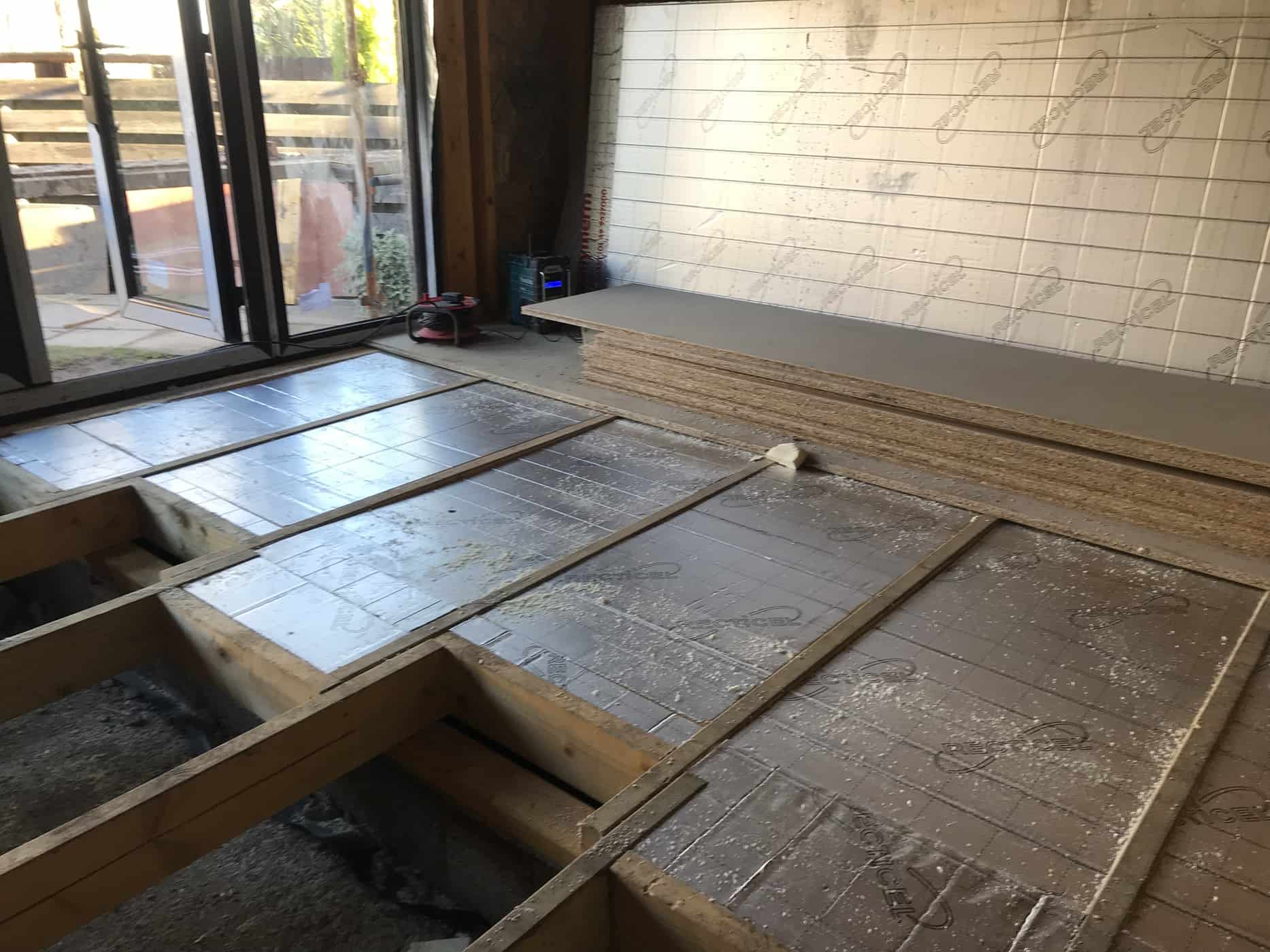
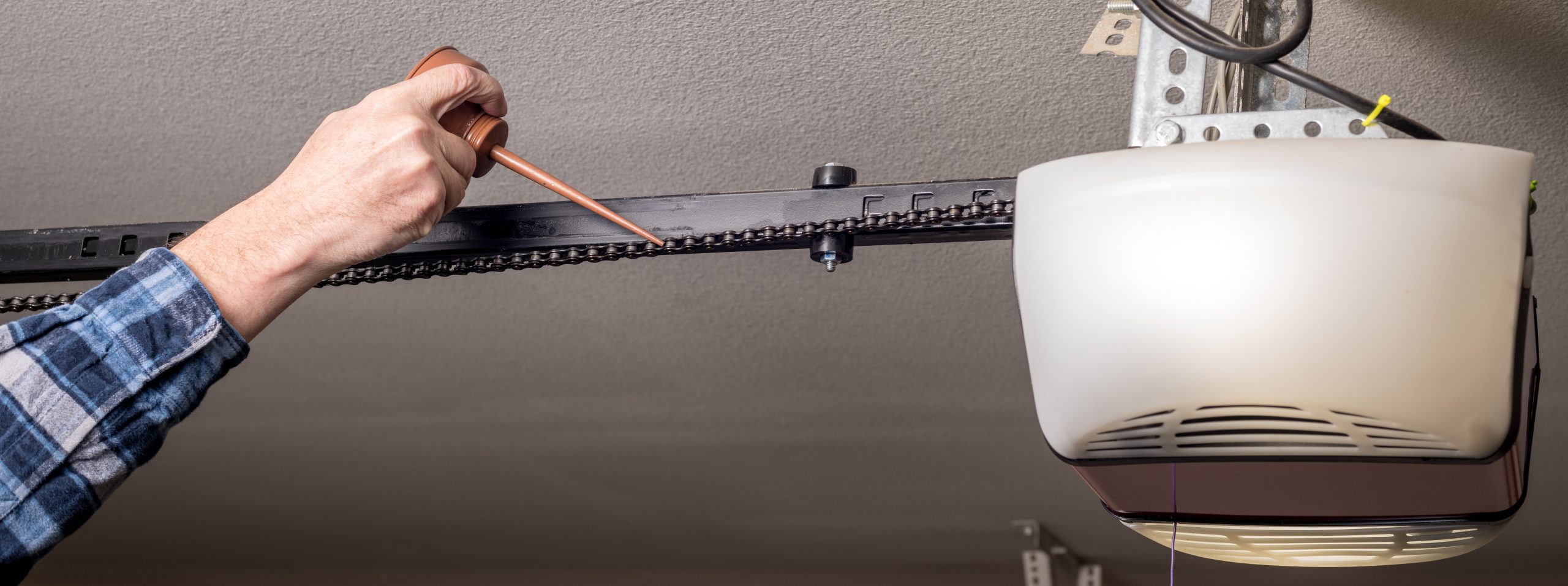
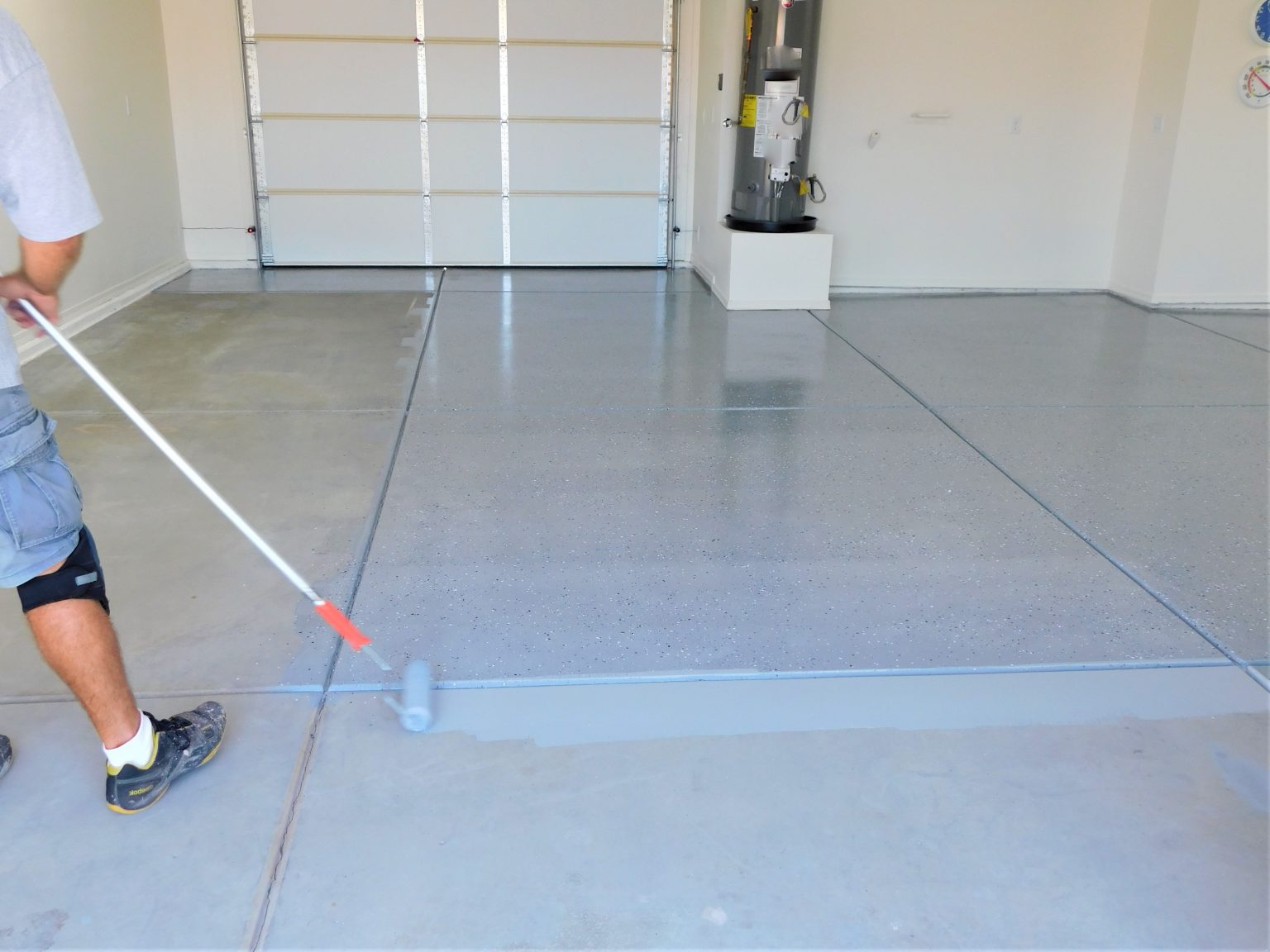
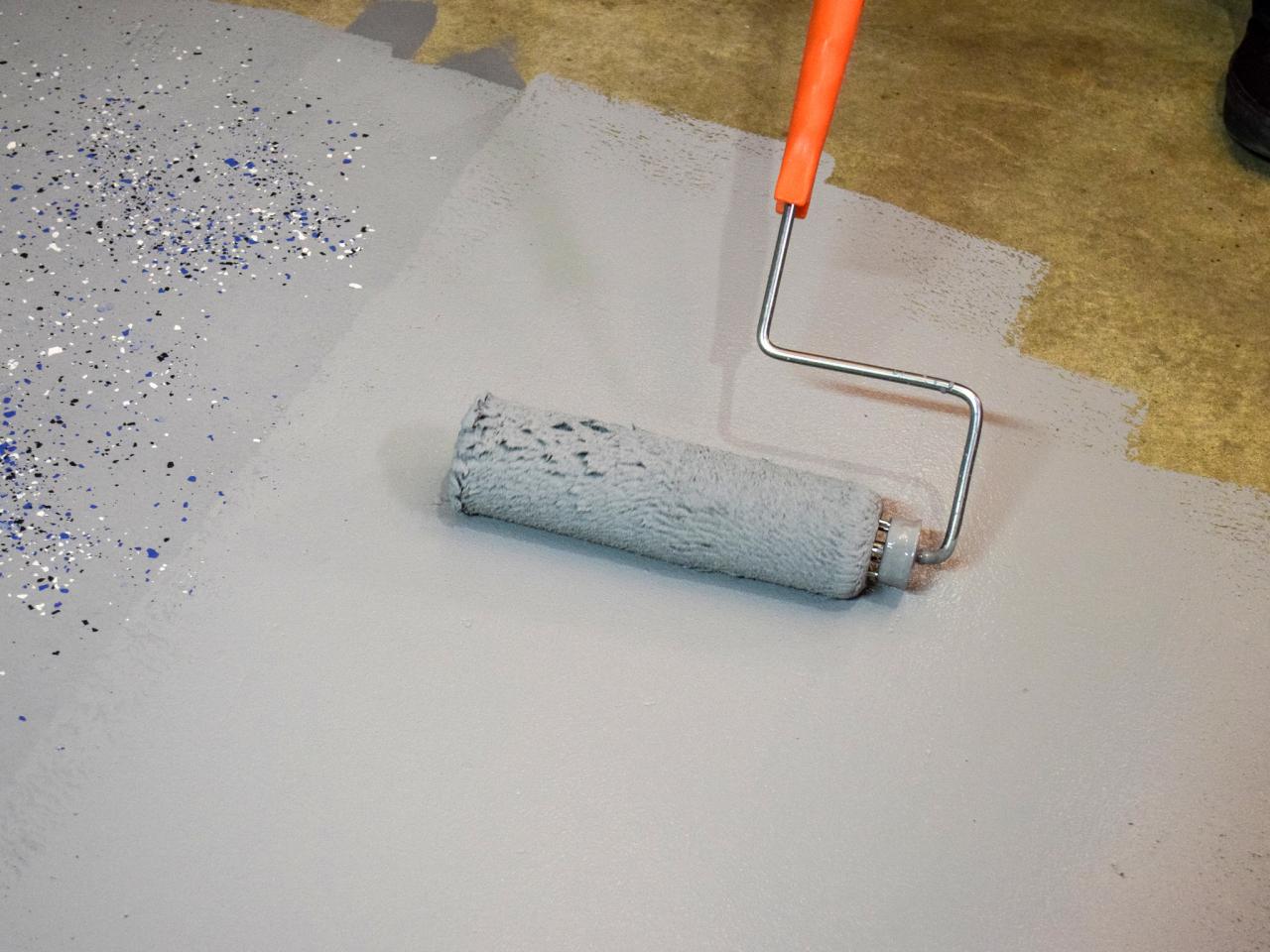
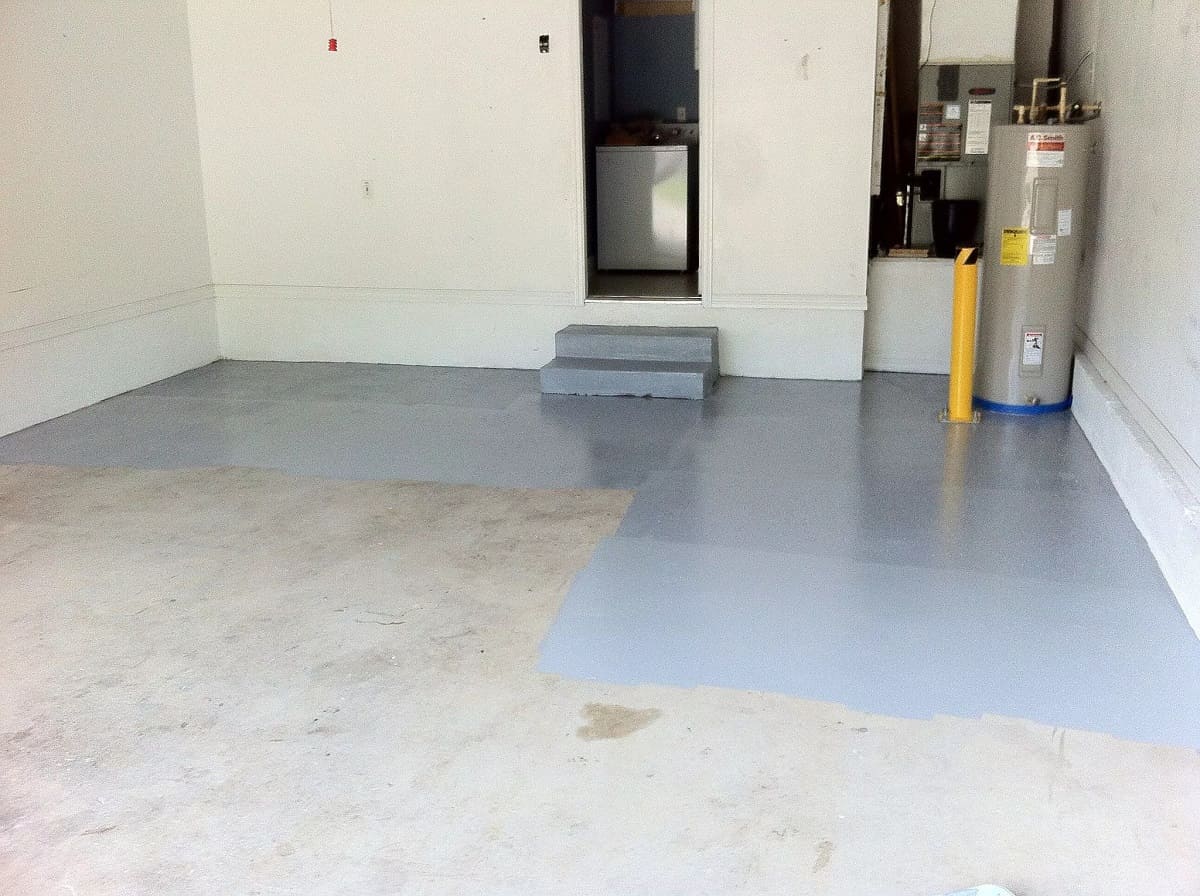

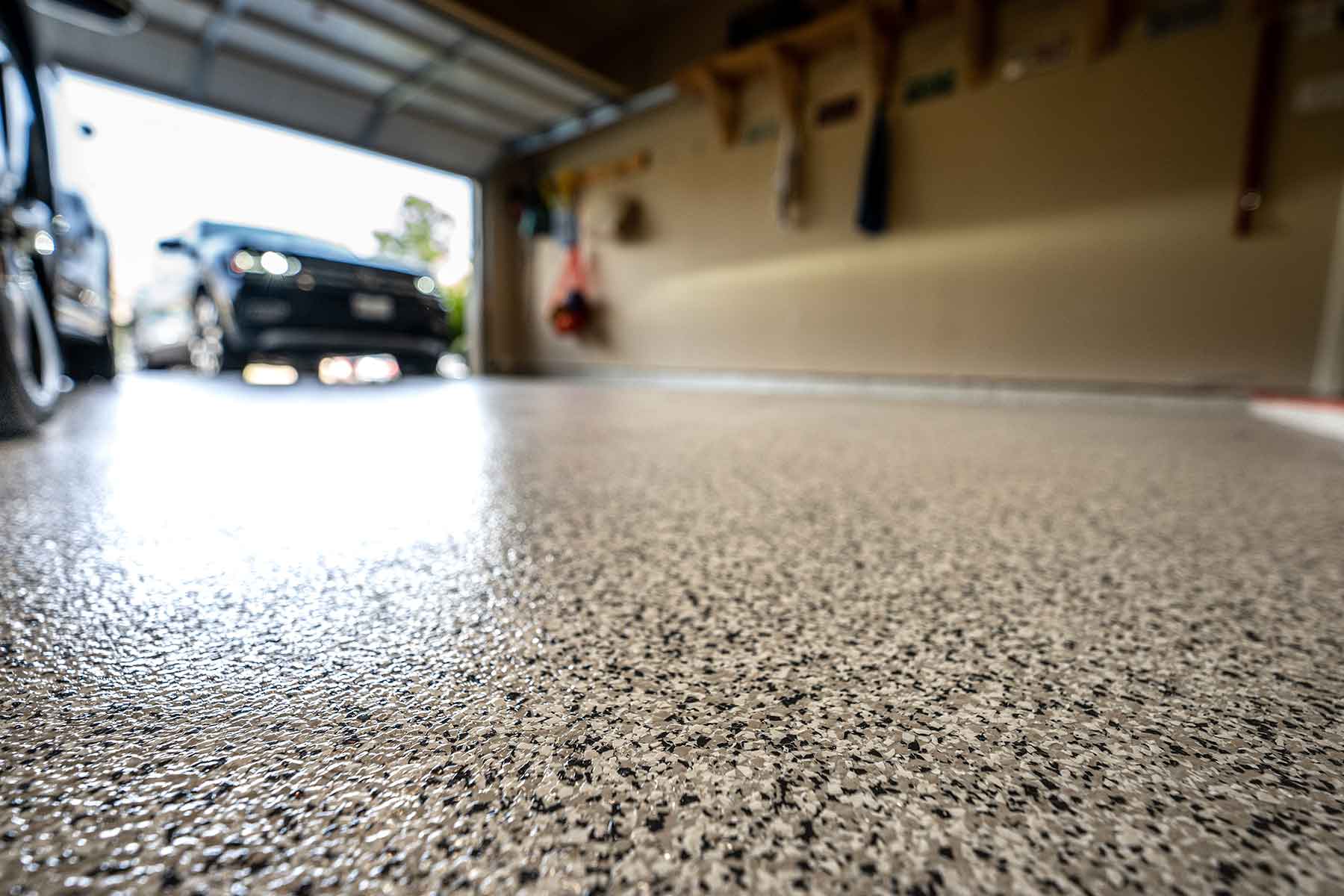



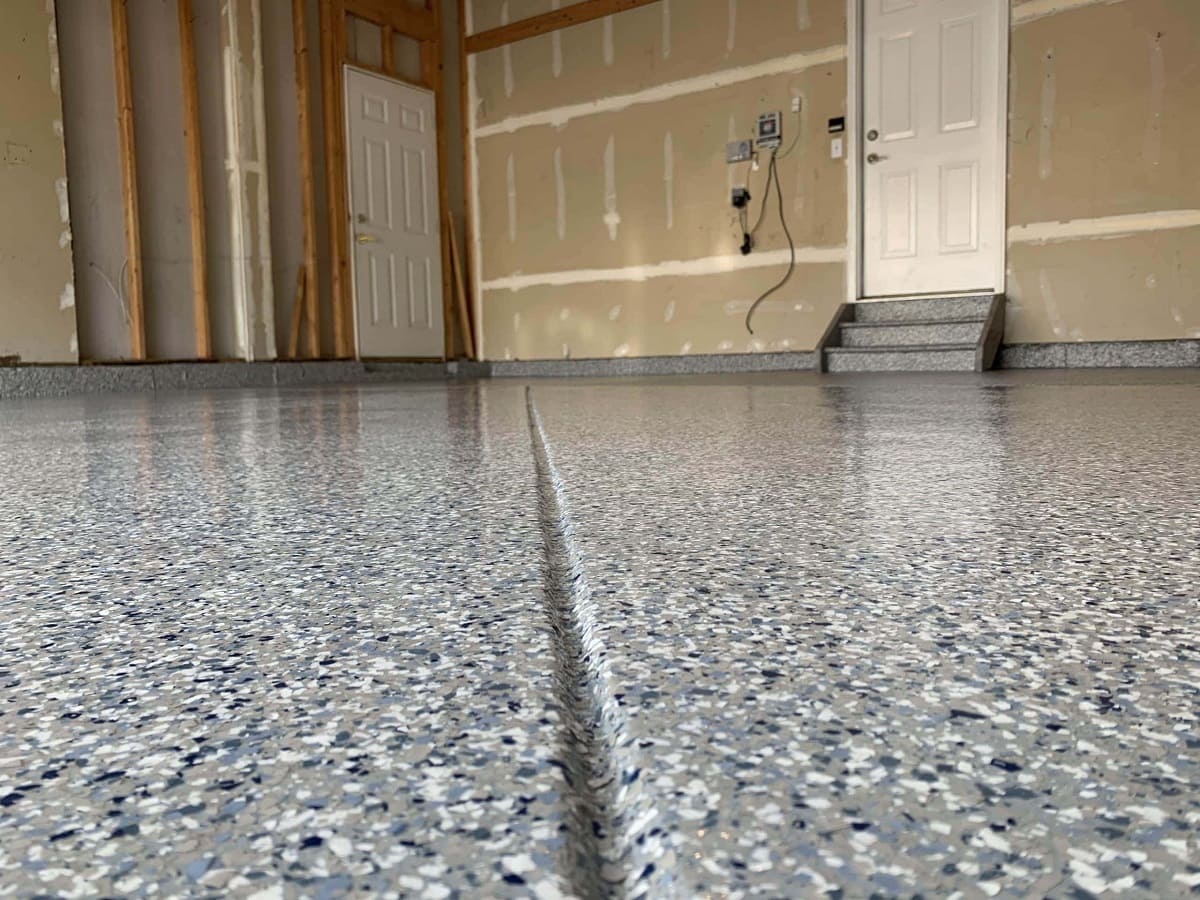

0 thoughts on “How To Clean Oil From Garage Floor”